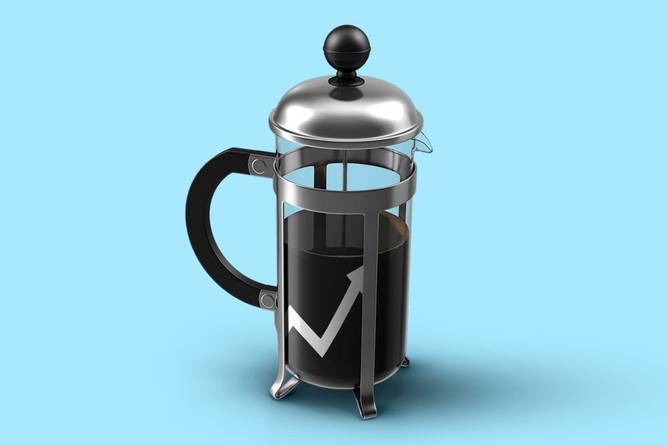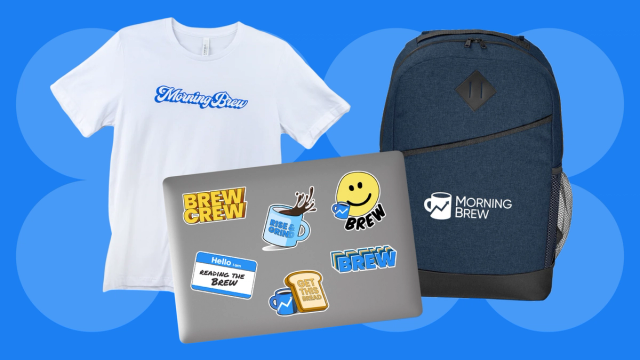All is not sweet with Honey. Earlier this month, the browser extension that claims to source “the internet’s best coupons” and its parent company, PayPal, were sued by creators in multiple class-action lawsuits for allegedly taking improper credit for driving sales by collecting commissions using affiliate links. In a separate lawsuit, Capital One, which operates a similar browser extension called Capital One Shopping, was accused of doing the same thing. At the center of the claims is last-click attribution, a technical mechanism determining which creator or company gets credit for online sales. In the lawsuits, creators claim that the browser extensions pocketed cash the creators should have earned by swapping creator affiliate links with their own. Honey and Capital One have both disputed the allegations, and in an emailed statement, PayPal spokesperson Kate Licht described last-click attribution as an “industry practice” that is “widely used across major brands.” “It feels slimy”: The controversy began in mid-December, when YouTuber MegaLag posted a video digging into Honey’s business practices, which he said include swapping cookies to claim last-click attribution as well as allowing brands to dictate which coupons and deals Honey users get access to. Several creators have since publicly responded. Zach Russell, a YouTuber who is also the co-founder and head of talent at influencer agency Mana Talent Group, told us that taking credit for last-click attribution stands to have widespread effects on creators, whose ability to drive sales can serve as a crucial data point when striking up deals. “Content creators are judged essentially off of their ability to convert,” Russell said. “You look at some of these behemoths during that time that are maybe potentially having trouble converting directly after they worked with someone like Honey, and it’s just this giant, ‘What if?’” Continue reading here.—KH, RB | 








